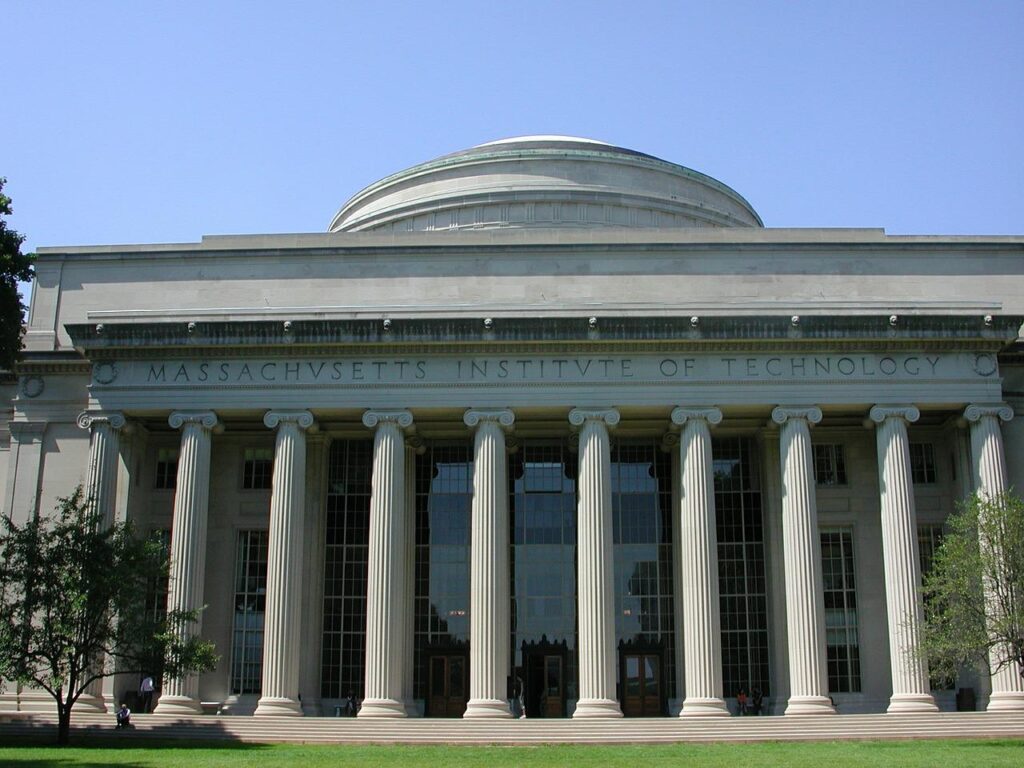MIT Technology Review is a bi-monthly magazine by the Massachusetts Institute of Technology(MIT) that is editorially independent of the university. The magazine recently announced the list of 35 under 35 innovators across the fields of Material Science, AI and robots, Computing, Biotech, and Climate Change. The selection process was done on the basis of inputs provided by five experts—all judges or former winners in their respective fields. Two people of Indian origin, Ishan Misra and Gauri Joshi made India proud by making it to the list of MIT Technology Review 35 Innovators under 35 in the field of AI and robots.

Ishan Misra has been working under the guidance of Yann LeCun, one of the godfathers of Deep Learning at New York University(NYU) and Meta AI on Self Supervised Learning. Self Supervised Learning, or SSL is a bold new field of Un-supervised Deep Learning that concerns itself with learning from a large amount of un-labeled data. For many years, the amount of human-labeled data available at the disposal of researchers has been the limiting factor for training bigger and deeper Neural Networks. Self-Supervised Learning aims to resolve this issue by using the un-labeled that that is ubiquitously present in abundance.
“In domains like medical imaging, where labeling is expensive, self-supervised models can play a major role in rapidly developing AI models at a fraction of the cost. These models can also enable AI models to learn new skills continuously from the stream of data they observe, without human supervision.”
Ishan Misra
Gauri Joshi on the other hand has been working on the democratization of Artificial Intelligence. While the last few years have seen a tremendous and unprecedented increase in the ability of Neural Networks to perform the task at hand, there has been a proportionate increase in the resources required to train and run these models. These resources include datasets, computational power, and energy costs which can only be borne by a few organizations thereby leaving the rest out of the AI race. Gauri Joshi has been working on designing distributed computing algorithms that make it possible for such models to be trained using a network of devices such as cell phones or sensors.
“It democratizes machine learning and makes it universally accessible without requiring expensive computing hardware and enormous amounts of training data”
Gauri Joshi
See the complete list of 35 Innovators under 35 here.
Other Articles you might be Interested In
Alphabet spins out SandBox AQ, an AI and Quantum Computing Company